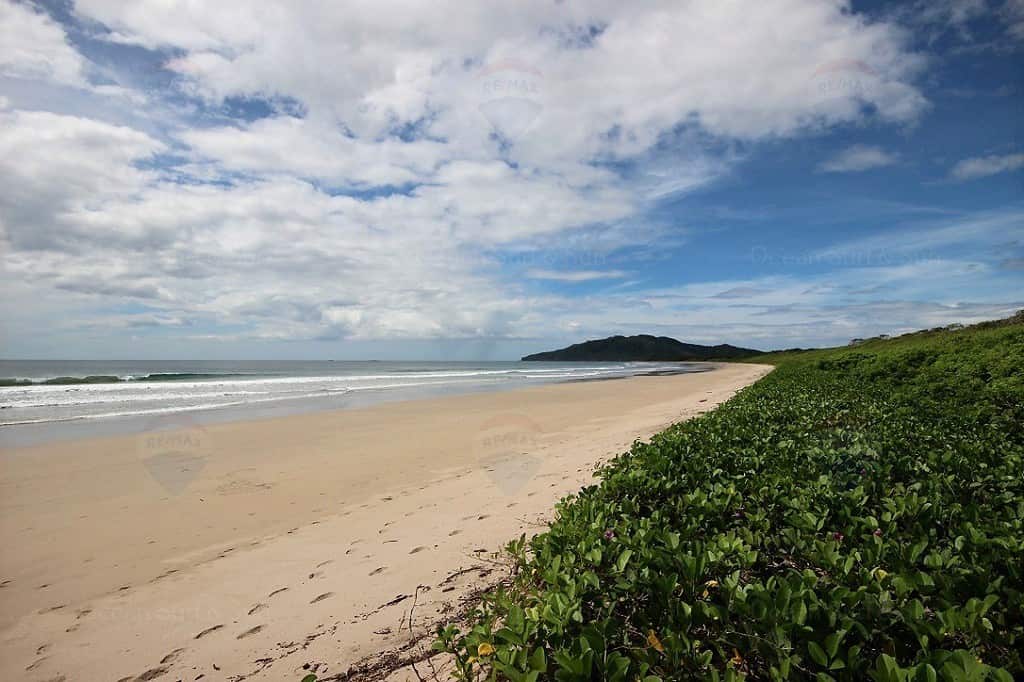Costa Rica, known as one of the best places for a relaxing vacation is losing middle-class U.S. tourists as costs climb. Higher prices for lodging, food, and transportation, driven by a stronger local currency and inflation, have shifted the country toward an exclusive, high-end market, raising alarms in the tourism sector.
A Yahoo Finance report, “5 Vacation Expenses the Middle Class Can’t Afford Anymore,” highlights this trend. “Costa Rica was once known as a budget-friendly destination. However, a combination of currency shifts and inflation has pushed vacation costs far beyond what many middle-class travelers can afford,” the article stated. Casey Halloran, CEO and co-founder of Costa Rican Vacations, told Yahoo, “What we are observing in our statistics is that the middle-class traveler to Costa Rica has all but vanished. For a family of four, including flights, it is difficult to vacation here for under $2,000.”
Halloran noted that the average vacation cost, excluding flights, has risen from $5,500 in 2022 to $7,800. This has led U.S. tourists to choose cheaper destinations like Panama or the Dominican Republic or to shorten trips. “We are also seeing a shift to shorter stays, sometimes as little as just four nights versus the more traditional seven-night stay. However, what we hear from many who experience sticker shock at seeing one of our quotes is they simply choose to stay home,” he added.
The Costa Rican Tourism Institute (ICT) reported a 10% decline in U.S. visitors in 2024, with 1.4 million arrivals compared to 1.56 million in 2023. Air arrivals fell 7% in February 2025, from 291,090 to 270,810, marking seven months of declines. The Costa Rican colón’s appreciation, now at 512 per U.S. dollar from 614 in 2022, has increased costs by 15–20% for Americans, per the National Chamber of Tourism (CANATUR). Shirley Calvo, CANATUR’s executive director, said, “The exchange rate is hurting our competitiveness. Tourists are choosing places where their dollars stretch further.”
Security issues compound the problem. The Judicial Investigation Agency (OIJ) recorded 907 homicides in 2023, 880 in 2024, and 225 in early 2025, mostly drug-related. Over 6,300 tourists faced crimes like theft and assault from 2020 to 2024, prompting U.S. and Canadian Level 2 travel advisories for increased caution. A recent car robbery gained international attention, with recent posts stating, “Costa Rica is now expensive, and crime is up”.
Tourism, contributing 8.2% to GDP and 8.8% to employment, supports rural areas like Guanacaste and Limón. CANATUR projects a 15–20% arrival drop in 2025, risking jobs. A Nosara hotel reported a 25% booking decline, cutting staff. “U.S. families aren’t coming as before,” a manager told La Nación.
CANATUR seeks exchange rate intervention, but Central Bank President Róger Madrigal cites reduced U.S. flights (down 10% in 2025) and competition from Panama, which saw a 12% U.S. visitor rise. Tourism Minister William Rodríguez pushes high-end tourism, but Rubén Acón, former CANATUR president, argues, “Focusing on wealthier visitors ignores the middle-class market that built our industry.”
Hotel prices have risen 20% since 2020, with a 13% VAT, higher electricity, and wages adding pressure. Health risks like 1,900 dengue cases in 2025 and shellfish toxin bans are minor but noted. X posts, like @armandomayorga’s mention of $7,800 vacations, echo complaints about costs.
With Panama and the Dominican Republic drawing U.S. tourists, Costa Rica’s tourism industry urges policy changes to restore affordability and safety, critical to its economic role.








